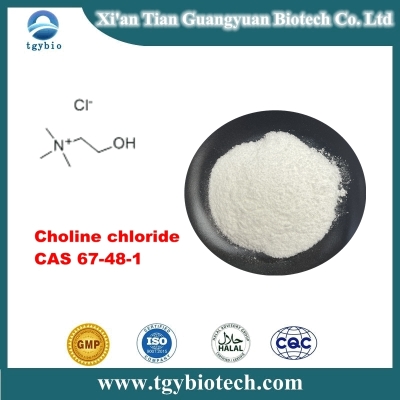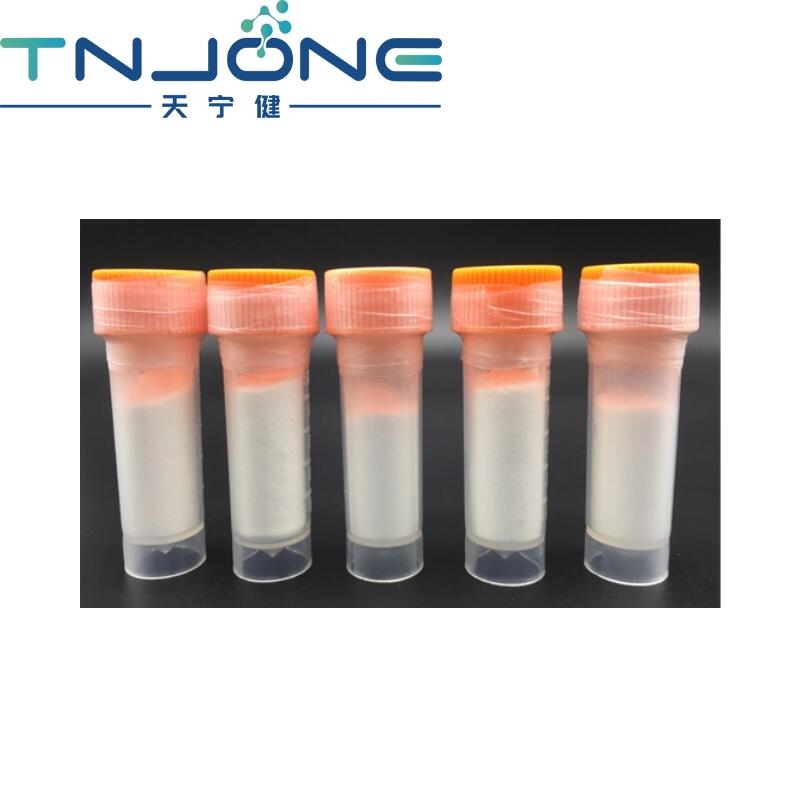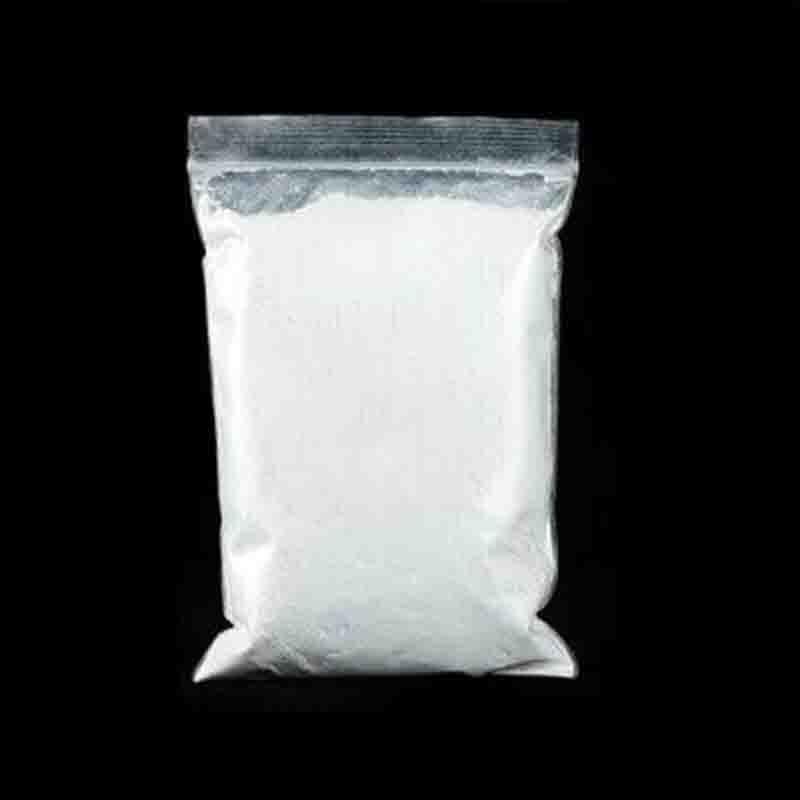-
Categories
-
Pharmaceutical Intermediates
-
Active Pharmaceutical Ingredients
-
Food Additives
- Industrial Coatings
- Agrochemicals
- Dyes and Pigments
- Surfactant
- Flavors and Fragrances
- Chemical Reagents
- Catalyst and Auxiliary
- Natural Products
- Inorganic Chemistry
-
Organic Chemistry
-
Biochemical Engineering
- Analytical Chemistry
-
Cosmetic Ingredient
- Water Treatment Chemical
-
Pharmaceutical Intermediates
Promotion
ECHEMI Mall
Wholesale
Weekly Price
Exhibition
News
-
Trade Service
Ferulic acid is an organic acid that is commonly used in the chemical industry.
It is an essential component in the production of a variety of downstream products, and its upstream products include plant-based materials such as corn, soybeans, and sunflower seeds.
In this article, we will explore the upstream and downstream products of ferulic acid in the chemical industry.
Upstream Products of Ferulic Acid
The upstream products of ferulic acid are plant-based materials such as corn, soybeans, and sunflower seeds.
These materials contain high levels of ferulic acid, which is extracted from the plant through a series of chemical reactions.
The extraction process involves the use of solvents such as water and organic compounds such as methanol and ethanol.
The extracted ferulic acid is then purified and concentrated to produce a high-purity product that can be used in the production of downstream products.
Downstream Products of Ferulic Acid
Ferulic acid is used as an intermediate in the production of a variety of downstream products.
One of the most common downstream products of ferulic acid is pharmaceuticals.
Ferulic acid is used as a starting material for the synthesis of various pharmaceuticals, including antibiotics, anti-inflammatory drugs, and antidepressants.
Ferulic acid is also used in the production of polymers, such as polyvinyl alcohol and polyethylene terephthalate, which are widely used in the packaging industry.
Another downstream product of ferulic acid is food and beverages.
Ferulic acid is used as a natural preservative and antioxidant in the food industry.
It is used to enhance the shelf life of food products and protect them from oxidative damage.
Ferulic acid is also used in the production of dietary supplements and cosmetics.
Benefits of Upstream and Downstream Products of Ferulic Acid
The upstream and downstream products of ferulic acid offer several benefits to the chemical industry.
One of the most significant benefits is the eco-friendly nature of ferulic acid.
It is derived from plant-based materials, which makes it an environmentally sustainable alternative to synthetic chemicals.
Ferulic acid is also a versatile chemical that can be used in a variety of applications, from pharmaceuticals to food and beverages.
Another benefit of ferulic acid is its antioxidant properties.
Ferulic acid is a strong antioxidant that can neutralize free radicals and prevent oxidative damage to cells.
This property makes it an excellent ingredient in cosmetic products, dietary supplements, and pharmaceuticals.
Challenges in the Production of Upstream and Downstream Products of Ferulic Acid
Despite the benefits of ferulic acid, there are several challenges in the production of upstream and downstream products.
One of the main challenges is the cost-effectiveness of ferulic acid production.
The extraction and purification process for ferulic acid can be complex and costly, which can make it difficult for manufacturers to produce high-quality ferulic acid at a competitive price.
Another challenge is the inconsistent quality of plant-based materials used in the production of ferulic acid.
The quality of the plant-based materials can vary depending on factors such as climate, soil quality, and farming practices, which can affect the yield and purity of ferulic acid.
In conclusion, ferulic acid is an essential chemical in the production of a variety of downstream products, including pharmaceuticals, polymers, food and beverages, and dietary supplements.
Its eco-friendly and antioxidant properties make it an attractive alternative to synthetic chemicals.
However, the production of ferulic acid can be challenging due to the cost-effectiveness of the production process and the inconsistent quality of plant-based materials.
Nonetheless, with continued research and innovation, the chemical industry can overcome these challenges and continue to produce high-quality ferulic acid for a variety of applications.







